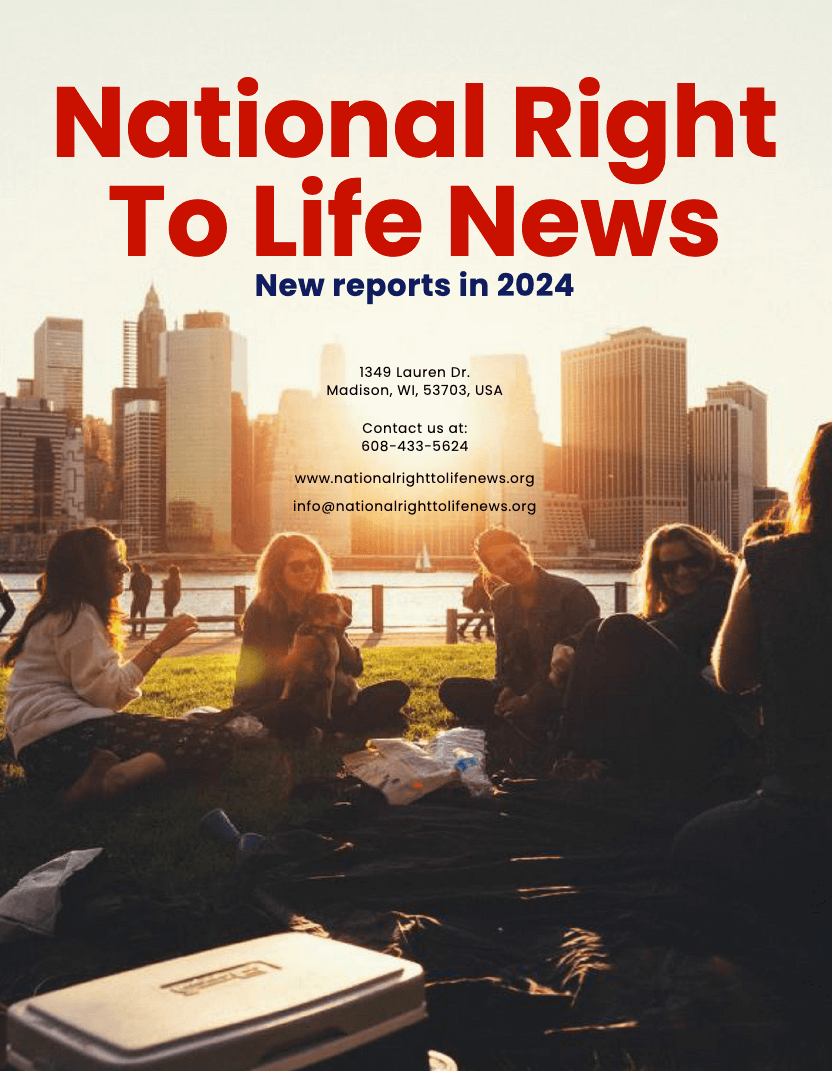In March 2016, the Supreme Court of the United States heard arguments in a landmark case that examined the constitutionality of Texas abortion law, specifically HB 2, which had significant implications for the future of abortion regulations across the country. This article, titled “Issues Raised as the Supreme Court Considers Texas Abortion Law, Part 2: A Dying Business,” discusses the controversial legislation and the broader ramifications for abortion providers and women’s health.
The Texas Abortion Law: HB 2
The Texas abortion law, known as House Bill 2 (HB 2), was enacted in 2013 and included several provisions aimed at regulating abortion providers and clinics more stringently. The key components of HB 2 included:
- Admitting Privileges Requirement: Abortion doctors were required to have admitting privileges at a hospital within 30 miles of the abortion clinic.
- Ambulatory Surgical Center Standards: Abortion clinics had to meet the same building, equipment, and staffing standards as ambulatory surgical centers.
Proponents of the law argued that these regulations were necessary to protect women’s health and ensure that abortions were performed safely. However, opponents claimed that the law imposed undue burdens on women seeking abortions and aimed to close down abortion clinics through excessive regulation.
The Impact on Abortion Providers
One of the central issues raised in the article is the impact of HB 2 on abortion providers in Texas. Before the law was passed, Texas had over 40 abortion clinics. However, due to the stringent requirements, the number of clinics was reduced by more than half, with only about ten clinics expected to remain open if the law were fully implemented.
The significant decrease in the number of operational clinics not only limited access to abortion services but also increased the burden on the remaining clinics. Women seeking abortions faced longer wait times, increased travel distances, and higher costs. For many women, particularly those in rural areas or with limited financial means, these barriers made accessing abortion services exceedingly difficult.
Legal and Ethical Considerations
The Supreme Court’s consideration of HB 2 brought several legal and ethical questions to the forefront. The case, Whole Woman’s Health v. Hellerstedt, specifically examined whether the law constituted an undue burden on women seeking abortions, as established by the landmark case Planned Parenthood v. Casey.
The undue burden standard considers whether a law’s purpose or effect is to place substantial obstacles in the path of a woman seeking an abortion before the fetus attains viability. Opponents of HB 2 argued that the law’s true intent was to restrict access to abortion, rather than to protect women’s health, thus constituting an undue burden.
Ethically, the case also highlighted the balance between ensuring patient safety and preserving access to essential medical services. While the state argued that the law was designed to improve safety standards, critics pointed out that abortion is already a very safe medical procedure and that the requirements imposed by HB 2 did not demonstrably enhance patient safety.
Broader Ramifications for Abortion Rights
The Supreme Court’s ruling on HB 2 had the potential to set a precedent for other states looking to implement similar regulations. If upheld, the ruling could embolden states to pass more restrictive laws under the guise of protecting women’s health, effectively limiting access to abortion services nationwide.
Conversely, striking down the law would reinforce the precedent set by Planned Parenthood v. Casey, affirming that regulations imposing an undue burden on women seeking abortions are unconstitutional. This outcome would serve as a significant victory for abortion rights advocates and a setback for those seeking to impose more restrictive regulations on abortion providers.
The Human Cost
Beyond the legal and political implications, the article emphasizes the human cost of restrictive abortion laws. The reduction in the number of clinics and increased barriers to access disproportionately affected low-income women and women of color. These groups often have fewer resources to overcome the additional hurdles imposed by restrictive laws, exacerbating existing inequalities in healthcare access.
The personal stories of women affected by HB 2 illustrate the real-world impact of such legislation. Many women faced the prospect of traveling hundreds of miles, taking time off work, arranging childcare, and paying for travel and accommodation in addition to the cost of the procedure itself. For some, these obstacles were insurmountable, forcing them to carry unwanted pregnancies to term.
Conclusion
“Issues Raised as the Supreme Court Considers Texas Abortion Law, Part 2: A Dying Business” provides a comprehensive analysis of the far-reaching implications of HB 2. The Supreme Court’s decision in Whole Woman’s Health v. Hellerstedt would not only determine the fate of the Texas law but also influence the future of abortion rights and regulations across the United States.
Ultimately, the case underscored the ongoing battle between protecting women’s health and ensuring access to reproductive healthcare. It highlighted the delicate balance that must be maintained to uphold constitutional rights while safeguarding the well-being of women. As the nation awaited the Supreme Court’s decision, the debate over abortion rights and regulations continued to shape the landscape of American healthcare and civil liberties.
Chelsea Garcia is a political writer with a special interest in international relations and social issues. Events surrounding the war in Ukraine and the war in Israel are a major focus for political journalists. But as a former local reporter, she is also interested in national politics.
Chelsea Garcia studied media, communication and political science in Texas, USA, and learned the journalistic trade during an internship at a daily newspaper. In addition to her political writing, she is pursuing a master's degree in multimedia and writing at Texas.

